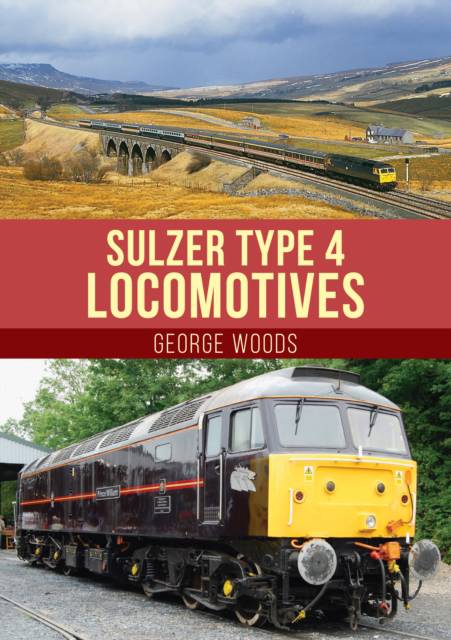
- Afhalen na 1 uur in een winkel met voorraad
- Gratis thuislevering in België vanaf € 30
- Ruim aanbod met 7 miljoen producten
- Afhalen na 1 uur in een winkel met voorraad
- Gratis thuislevering in België vanaf € 30
- Ruim aanbod met 7 miljoen producten
Zoeken
Omschrijving
The BR modernisation plan of 1955 envisaged the replacement of steam traction with diesel and electric locos by around 1975. Chief among the requirements was a loco more powerful than the 2,000-hp locos that had been produced before then. The Sulzer Company in Switzerland were able to provide an engine of 2,300 hp, which was used in the Class 44. An updated 2,500-hp version was used in classes 45 and 46. There were 127 of these locos built at Crewe and Derby between 1960 and 1962, but they were overweight so a lighter co-design that would become Class 47 was developed using an uprated Sulzer engine producing 2,750 hp. A total of 512 of these were built between 1962 and 1966. This book of mostly unpublished colour photographs by George Woods shows the locos in service from 1966 to 2019, working many different types of traffic throughout the BR system.
Specificaties
Betrokkenen
- Auteur(s):
- Uitgeverij:
Inhoud
- Aantal bladzijden:
- 96
- Taal:
- Engels
Eigenschappen
- Productcode (EAN):
- 9781398101975
- Verschijningsdatum:
- 15/05/2023
- Uitvoering:
- Paperback
- Formaat:
- Trade paperback (VS)
- Afmetingen:
- 165 mm x 234 mm
- Gewicht:
- 274 g

Alleen bij Standaard Boekhandel
+ 44 punten op je klantenkaart van Standaard Boekhandel
Beoordelingen
We publiceren alleen reviews die voldoen aan de voorwaarden voor reviews. Bekijk onze voorwaarden voor reviews.











